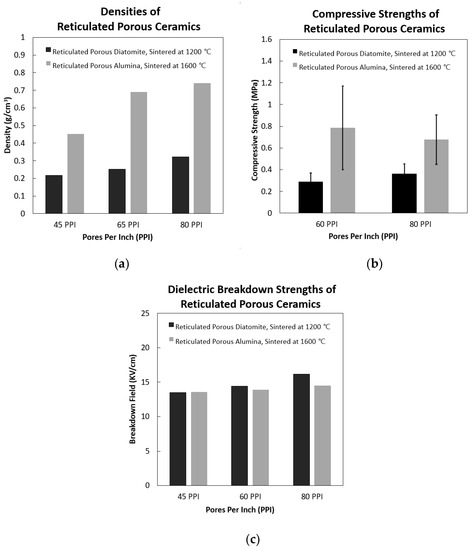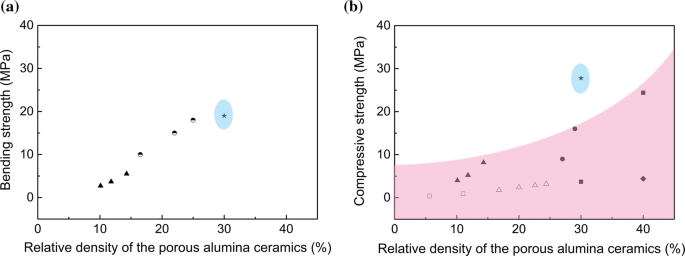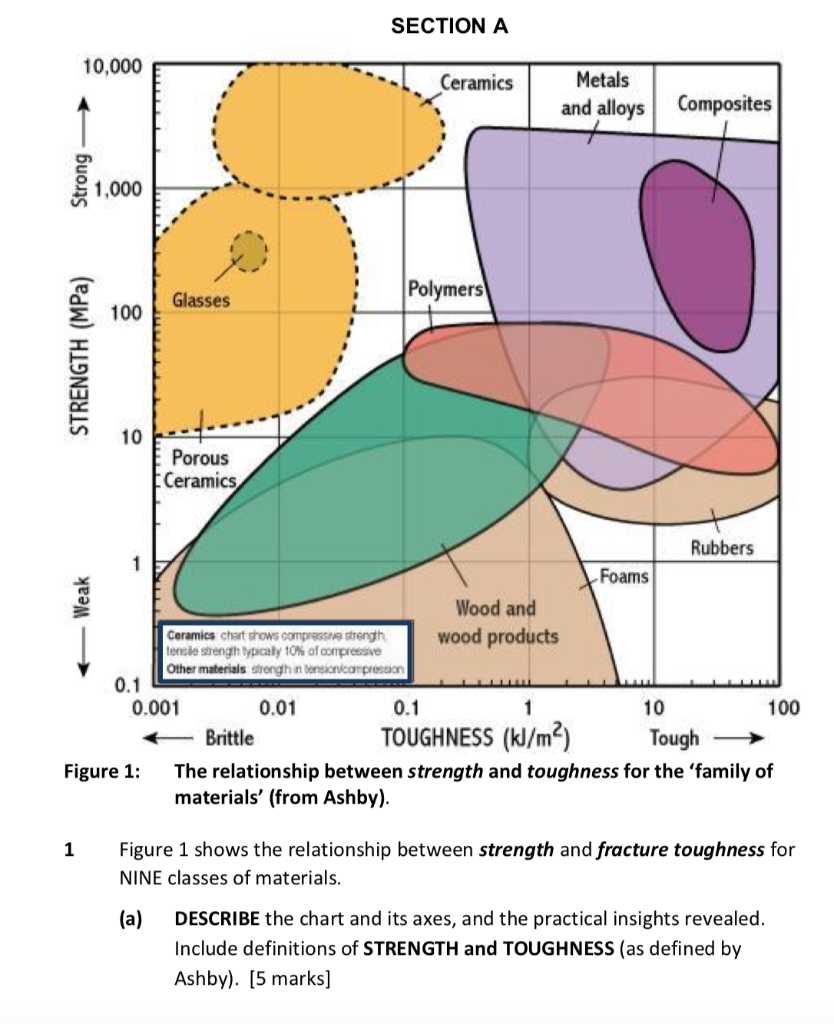Compressive Strength Of Porous Ceramics

Ceramics tend to be weak in tension but strong in compression.
Compressive strength of porous ceramics. The compressive strength of porous glass ceramics firstly increased and then decreased with the sintering temperature reaching a maximal value of 1 8 mpa at 750 c. 4 similarly low values were reported for other ceramic materials such as al 2 o 3 0 3 mpa porosity 87 5. The compressive strength of the porous hap ceramics decreases linearly with increasing macropore size for a given total porosity. Material specific gravity sg coefficient of linear expansion α m m k maximum safe operating temperature o c.
Bodies with porosities ranging from approximately 3 to 60 by volume were prepared utilizing hydrogen peroxide to induce pore formation. In the present work porous ceramics having a large porosity of 70 were obtained. For a metal the compressive strength is near that of the tensile strength while for a ceramic the compressive strength may be 10 times the tensile strength. Porous ceramics with porosities of 75 vol and α si 3 n 4 matte grains α β phase ratio of 1 5 or α si 3 n 4 whiskers α β phase ratio of 0 36 were prepared by in situ nitridation of silicon powder.
The compressive test of these porous ceramics showed that large strains of 0 2 0 3 are requisite for their fracture. As such weak ceramics need to be handled with great care increasing their strength is of interest. The calcium phosphate porous ceramics in this work show much higher flexibility than conventional ceramics. Alumina for example has a tensile strength of 20 000 psi 1138 mpa while the compressive strength is 350 000 psi 2400 mpa.
Preparation and compressive strength behavior of porous ceramics with β ca po3 2 fiber skeletons ota 1997 journal of the american ceramic society wiley online library skip to article content. With increased porosity volume. This work reveals that the compressive behavior of unidirectional porous ceramics can be predicted by the honeycomb out of plane model in a wide porosity range from 45 to 80. Properties of some common ceramics.
For full table with tesnsile strength compressive strength flexural strength and modulus of elasticity rotate the screen. This is consistent with the preceeding discussion on fig. However the use of the model is limited to structures with a continuous array of unidirectional walls and where buckling is the main failure mode. The mechanical strength was primarily influenced by the crystallinity of glass ceramics and the interfaces between the crystalline phases and the glassy matrix.














































